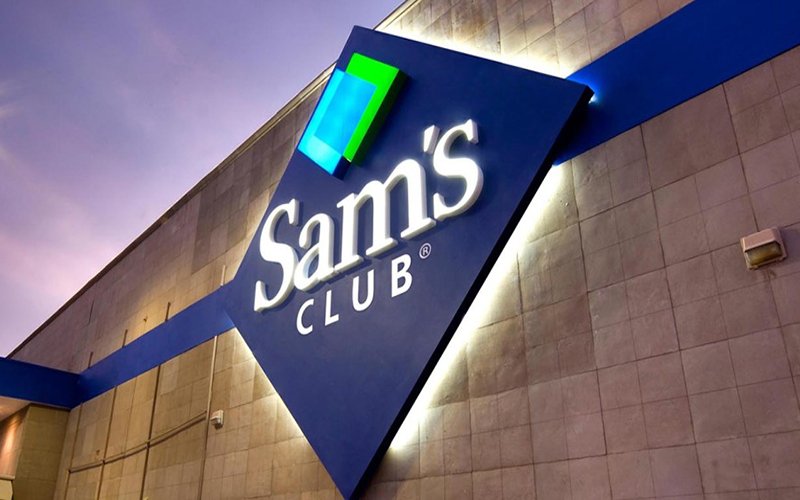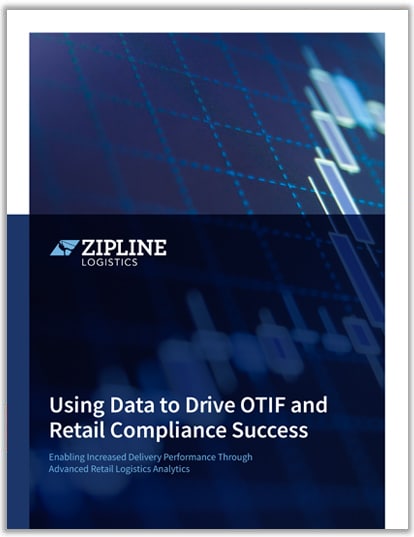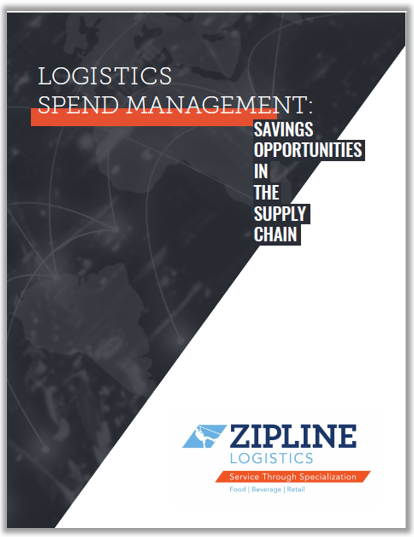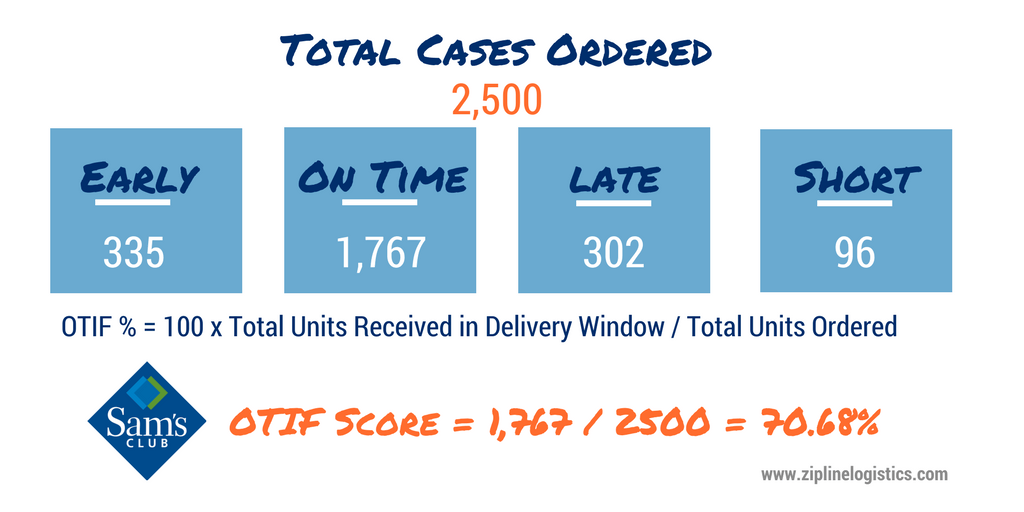
Sam’s Club is moving forward with instituting an On Time in Full (OTIF) program, like its parent company, Walmart. This program exists to score Sam’s Club suppliers on their overall delivery performance and to clarify vendor expectations.
What is a Supplier Scorecard?
Most retailers have some sort of supplier scorecard system in place to evaluate the performance of their vendors. These are report cards that grade suppliers on quality and performance, looking at common metrics like on-time delivery, inventory management, missed shipments, lead time, costs, etc.
Retail compliance programs are meant to influence vendor behavior. When a vendor is unable to deliver on time or in full, the retailer incurs a loss because there is no product available to sell. Retailers then issue a chargeback to offset the incurred cost and discourage future failures.
What is OTIF?
OTIF is the scoring system that Walmart and Sam’s Club use to measure whether a vendor is delivering the expected product in the quantity/units ordered at the agreed location and expected time.
 | Download: Using Data to Drive OTIF and Retail Compliance Success Download the free white paper to learn more about how data can be used to reduce logistics spend while improving supply chain performance. It is critical to leverage transportation analytics to get the most out of your operation. In this ebook, you will learn how data can be used to identify efficiencies and make logistics improvements. |
How is OTIF Calculated?
The OTIF calculation itself isn’t complicated. OTIF % = 100 x Total Units Received in Delivery Window/ Total Units Ordered.
The Sam’s Club scorecard program tracks information on several related metrics, including:
- In-full percentage = 100 x Total Units Received / Total Units Ordered
- Early percentage = 100 x Total Units Received before delivery window / Total Units Ordered
- Late percentage = 100 x Total Units Received after MABD / Total Units Ordered
- Unfilled percentage = 100 x Total Units Unfilled / Total Units Ordered
OTIF Logistics Scorecard Guidelines for Sam’s Club
OTIF scorecard guidelines for Sam’s Club differ slightly than those set by Walmart. The biggest difference is that there is a four-day delivery window for dry product or product that is delivered directly to club locations. Similar to Walmart’s OTIF guidelines, product going into Sam’s Club grocery or perishable distribution centers (DCs) have a one-day window and are required to deliver on the Must Arrive by Date (MABD).
- Grocery or Perishable DCs are expected to receive the ordered units on the MABD (one day window)
- The OTIF score expectation for Grocery and Perishable DCs will be 75% going forward
- Dry DCs deliveries and Direct Club Deliveries (DCD) have an expectation to deliver on the MABD or any of the prior three days before MABD (four-day window)
Why Vendor Performance Scorecards are Necessary
“Delivery windows are tightening, fill rate requirements are increasing, and penalties for failures are growing more costly,” explains Greg Holder of Compliance Networks in an interview with Retail Supply Chain Insights. “…the retailer must have the merchandise the consumer wants somewhere in their network and these requirements exist to ensure that happens. So, in a nutshell, vendor compliance programs exist to help retailers execute the merchandising plan which is increasing in complexity.”
Having shelves full of desired product, and little to no surplus inventory equates to higher potential earnings for retailers. If vendors deliver late, stores have empty shelves, and if vendors deliver early, stores have extra product and warehouse congestion. That’s why delivering full orders on time is so essential.
Scorecards exist to help guide ideal behavior. When incentivized (or penalized) to meet specific timeline and quantity standards, vendors are historically proven to be more compliant.
Sam’s Club Vendor Guide – Getting in Compliance
If you are not already in compliance, here are important steps to consider:
- Understand that appointment scheduling will become more important than ever. Provide as much information and lead time as possible to your partners so that rejections or delays are prevented.
- Ensure all your carriers and ship locations are aware of the newly established OTIF processes. Educating them on the stricter expectations will ensure they know the importance of being on schedule.
- Talk to your production teams. Make sure they are aware of consequences and that absolute ship dates cannot be altered.
- Remember, if your order changes, shippers must contact and update their buyers to ensure correct due dates and quantities are reflected in Walmart’s scoring systems. This is not new but now has stricter consequences if not followed.
- If you reschedule a delivery, be sure to ask or check if that new date/time falls outside of your MABD. Just because an appointment is approved, that does not mean it is compliant.
- Having set ship dates and less variance in transportation can help you meet OTIF standards. Work to schedule contracted carriers and set transit days/times so that there is as little flux as possible.
- If your Sam’s Club orders are currently being routed with other freight, you may need to change up consolidation programs or routing and communicate clearer expectations to drivers and vendors to meet new, stricter due dates.
- Work with a logistics partner who has a strong track record for on-time delivery to Sam’s Club and other big-box retailers.
At Zipline Logistics, we take on-time delivery and order compliance very seriously. For our customers, OTIF guidelines should be simple to meet. Our logistics consultants help customers not only hit deadlines, but problem solve and identify business-wide opportunities for efficiencies and cost savings along the way.
Do you need help with Sam’s Club or Walmart deliveries?
Reach out to Zipline Logistics today
—
 | Logistics Spend Management: Savings Opportunities in the Supply Chain Looking to reduce your transportation spend? Check out our eBook for advice on how to identify untapped logistics savings opportunities. |
